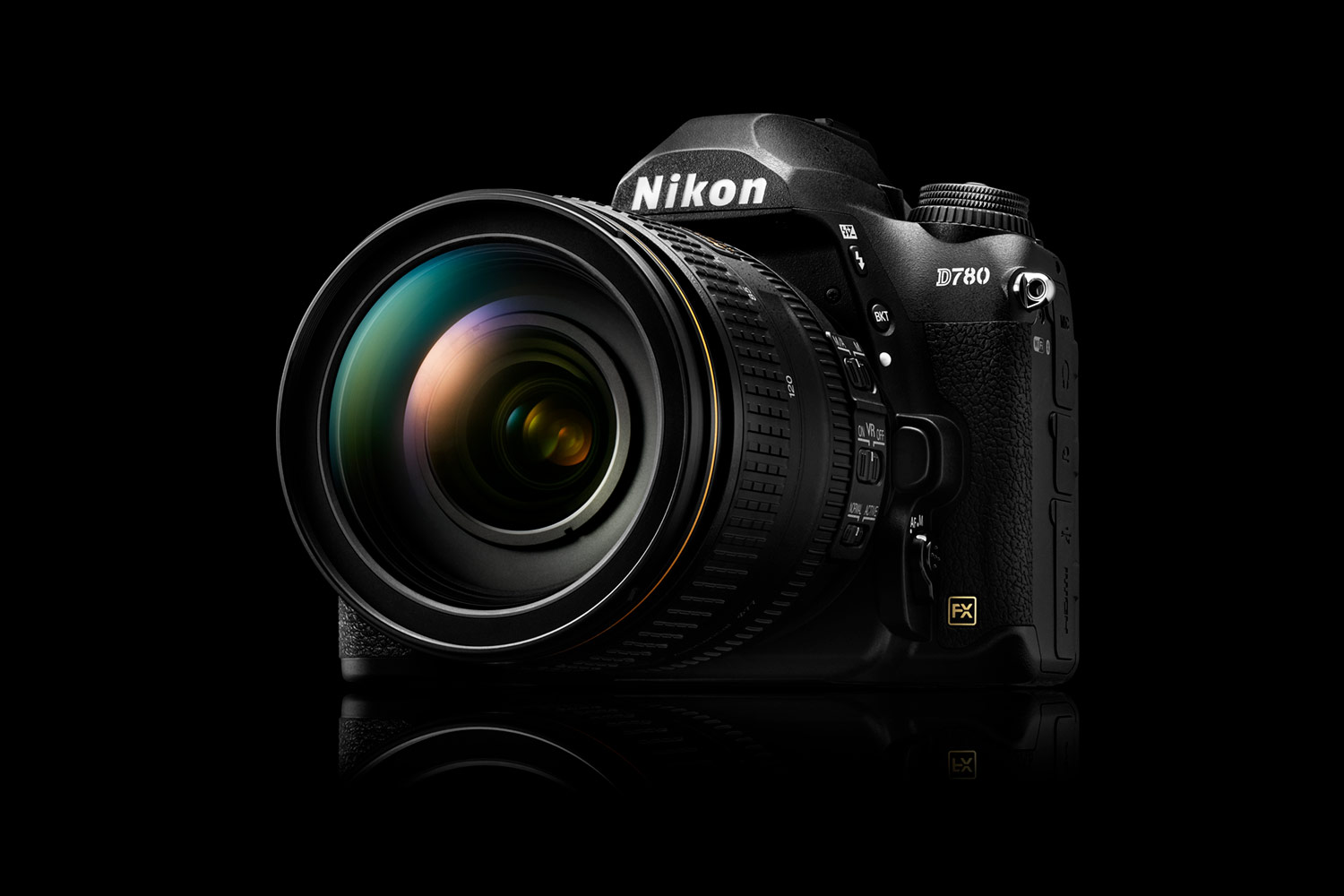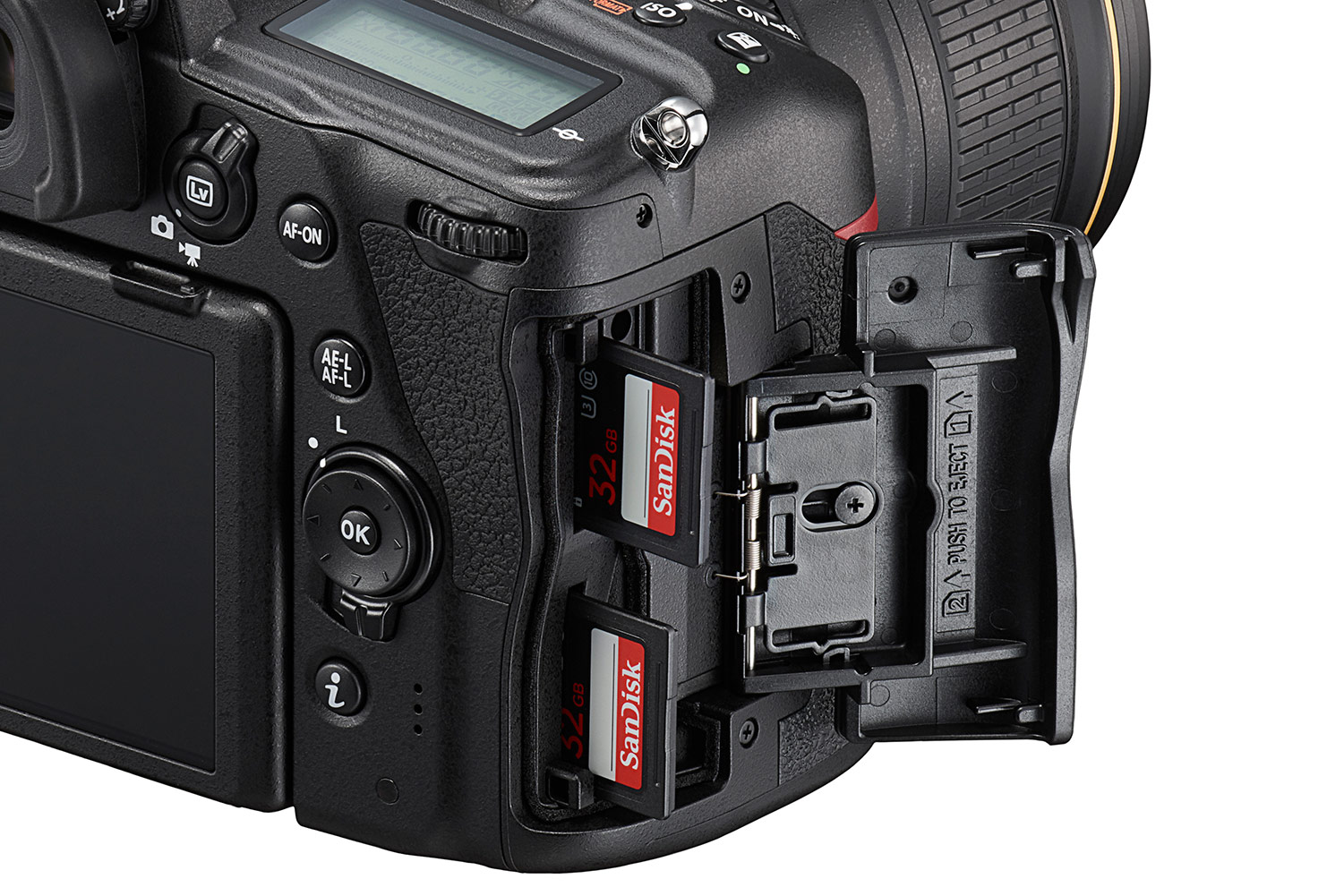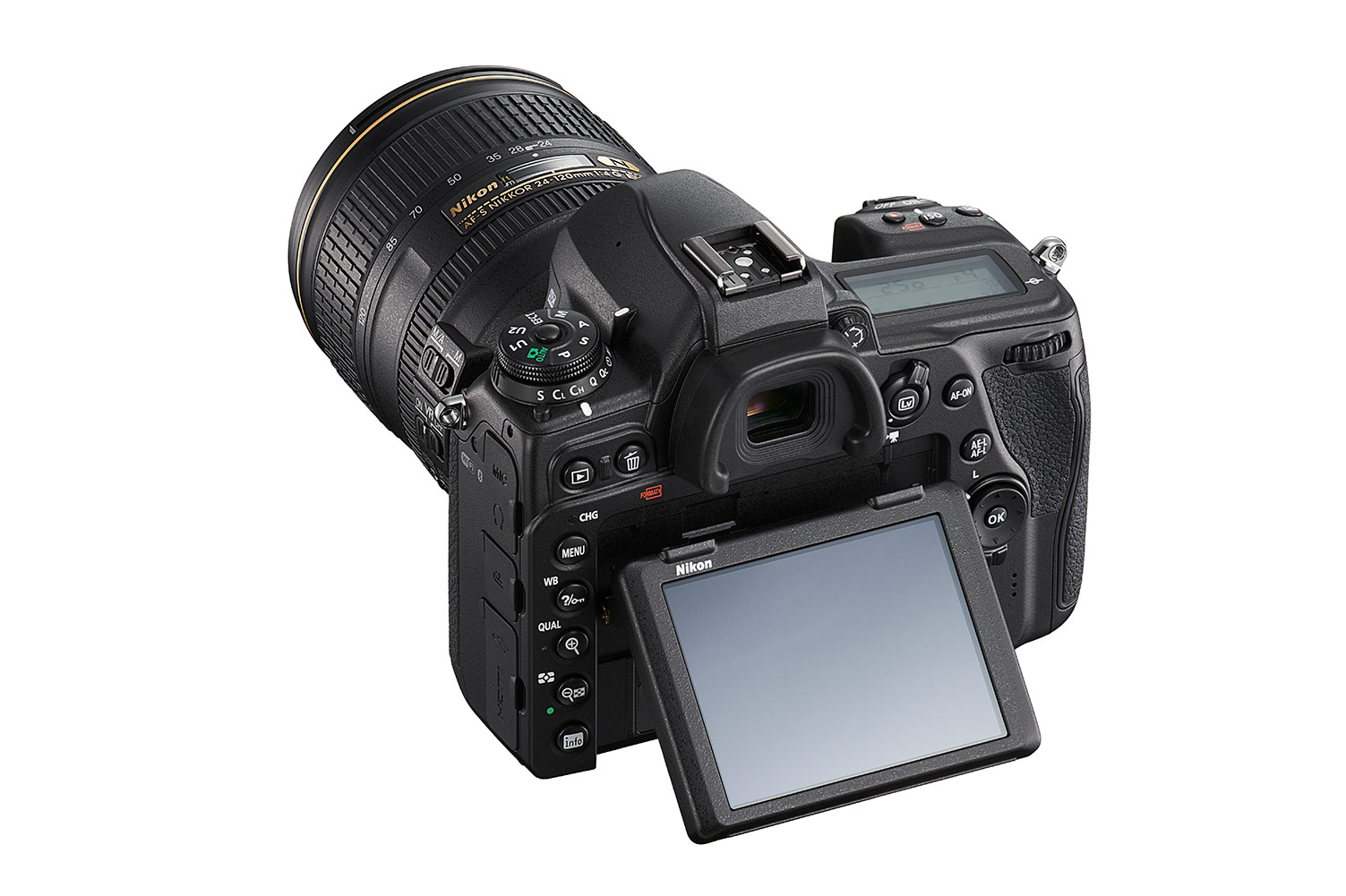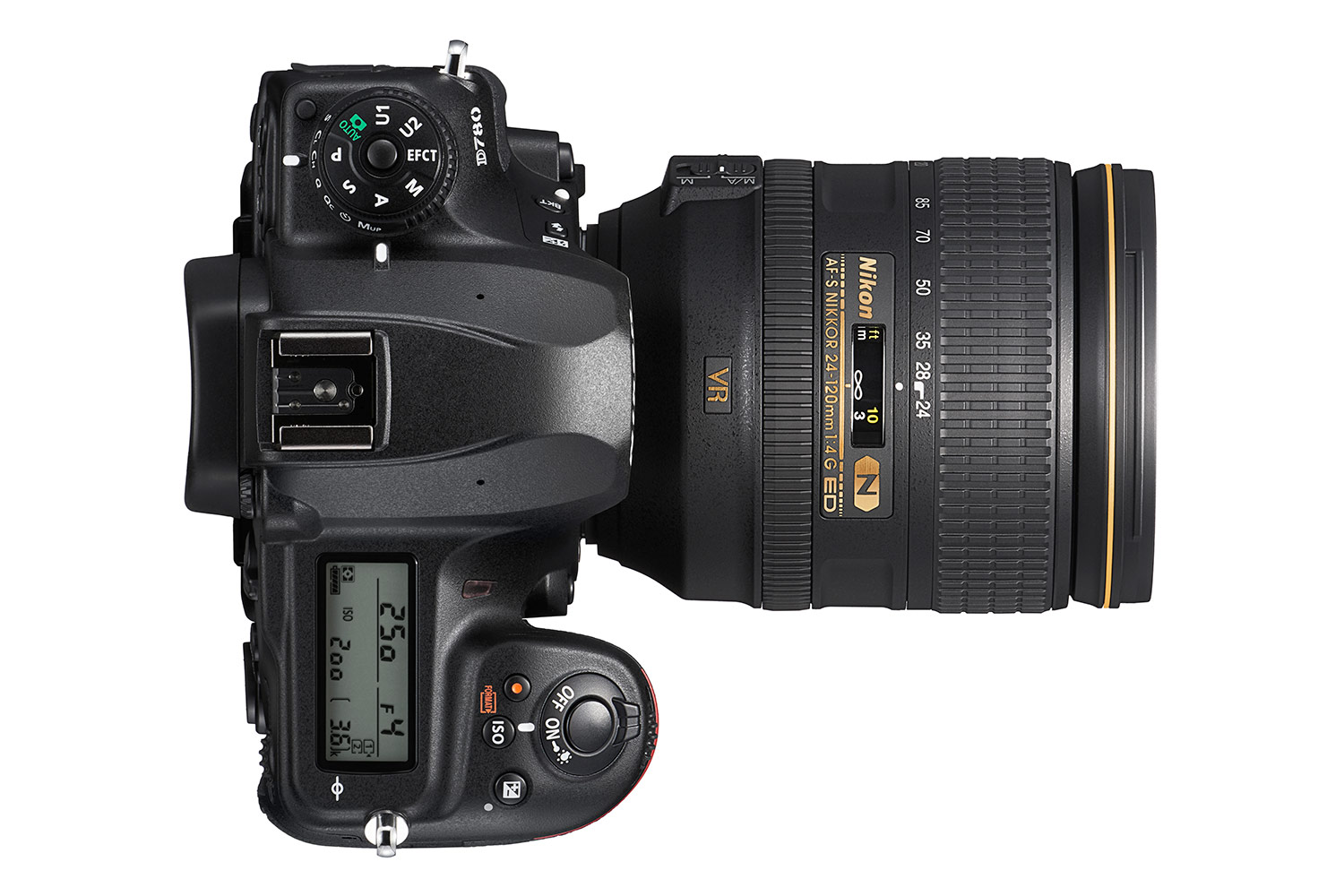It has been five years since Nikon launched the D750, and now it has finally come up with a successor. Announced at CES 2020, the D780 carries on the tradition of being a lightweight but rugged DSLR, while inheriting some mirrorless technology from the Nikon Z series. New autofocus, 4K video, improved ISO sensitivity, and a number of smaller tweaks have made their way into the camera.
The D750 is Nikon’s most popular full-frame DSLR ever made, giving the D780 some big shoes to fill. But on first inspection, one would be forgiven for being underwhelmed with the new camera’s specs. It uses a 24-megapixel sensor and 51-point viewfinder autofocus system, numbers that have not changed since the D750.

That’s not the full story, though. That sensor is now outfitted with the 273-point on-chip phase-detection autofocus from the Nikon Z 6, making the D780 Nikon’s first DSLR with live-view autofocus that won’t be a disappointment. The 51-point viewfinder system has also been enhanced with the focusing algorithm from Nikon’s professional D5 camera. Nikon didn’t provide specifics, but we expect this will mean more reliable autofocus for tracking moving subjects, something at which the D5 excels.
The Expeed 6 processor used in Nikon’s Z series cameras has also found its way into the D780, bringing with it a host of improvements. Native ISO sensitivity now hits 51,200 and expanded ISO tops out at 204,800. Continuous shooting speed is a respectable 7 frames per second using the viewfinder, or an impressive 12 fps in silent mode, which uses live view and the electronic shutter.
While Nikon doesn’t appear to offer the optional RAW video output of the Z 6, the D780 is otherwise identical in its video mode. It shoots 8-bit 4K at 24 or 30p internally and can pipe out 10-bit
There are numerous smaller but welcome changes, as well, like the touchscreen. Shutter speed range has also been expanded, now with a high of 1/8,000 second and a low of 15 minutes (the D750 bottomed out at just 30 seconds). That should make the D780 a great choice for anyone who wants to get started in long-exposure astrophotography.
Battery life, perhaps the primary reason for still choosing a DSLR, has seen a huge bump: 2,260 shots (using the optical viewfinder). Not only is that around 6 times more than a Z camera, but it’s also 1,000 more exposures compared to the D750. For photojournalists, sports shooters, and wedding photographers, that’s a big plus.
On the downside, all of these new features mean the D780 will come at a cost: $2,300. While that’s equal to the D750’s launch price, it’s about $450 more than the current sale price of the Z 6, and over $1,000 more than Canon’s competing EOS 6D Mark II. The D780 is a much newer and more advanced camera than the Canon, but that’s quite a price difference.
If you can get over the sticker shock, at least you won’t have to wait long. The D780 will be available in late January.
Nikon is displaying the camera this week at the Consumer Electronics Show in Las Vegas. Digital Trends will be on site for a first look.
For more coverage from the show floor, be sure to check our CES live blog.







